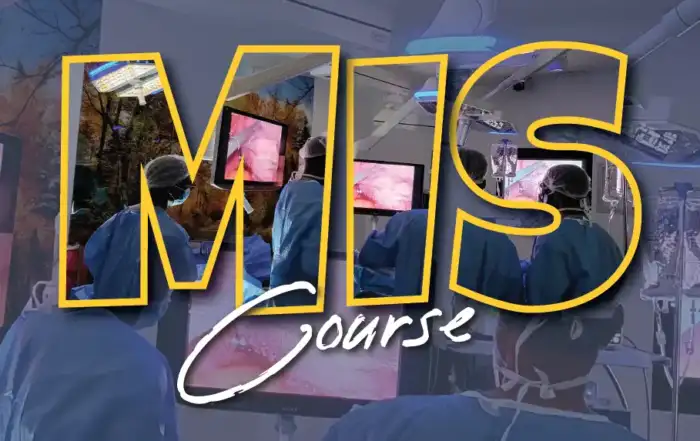Authors / metadata
DOI: -
Comment
Devaja et al. revised the current literature aimed to build evidence-based recommendations on the application of laparoscopic surgery in gynecologic oncology.
The authors fully explored the available data, making the point on the three most common gynecological cancers. The role of minimally invasive surgery MIS in gynecologic oncology has been largely investigated over the last two decades; however, the need for further high-level evidence and properly conducted studies is warranted. Although the authors explored in depth the pros and cons of robotic and laparoscopic surgery compared to the open approach, some considerations could be made.
It is out of doubt that the reduced morbidity and the non-inferior oncological outcomes support the use of MIS for endometrial cancer staging. In the United States, the introduction of robotic surgery played a pivotal role in the replacement of open surgery for the treatment of early-stage disease. However, it has to be addressed the fact that the vast majority of patients with endometrial cancer in the USA are affected by morbid obesity, a condition which might support the use of the robotic instead of the laparoscopic approach. Conversely, European patients with endometrial cancer are much less likely to be affected by morbid obesity, thus mitigating the potential advantage, if any, of robotic surgery. Indeed, some considerations related to the healthcare economic aspects might be done, with particular regard to the higher cost-effectiveness of laparoscopy over robotics.
Concerning cervical cancer, the adoption of MIS remains proscribed, with the only exception of microscopic tumors. Although the European of Gynecologic Oncology recently opened to minimally invasive surgery for the treatment of low-risk cases (e.g. prior conization and absence of residual cervical tumor), this approach should be confined to clinical trials, after adequate counseling. The results of the ongoing randomized trial will help to clarify the role of robotic surgery and more in general of MIS for the treatment of this malignancy.
Different reflections could be made for the treatment of ovarian cancer. Unfortunately, based on the relatively low chance to preoperatively detect patients with early-stage disease, the chance of designing prospective randomized trials in this setting is extremely unlikely. However, we fully agree with the need for case selection when ovarian cancer is suspected; this means not only selecting patients with a low risk of cyst rupture but also referring them to dedicated gynecologic oncology centers with high experience in minimally invasive techniques required to perform adequate staging via keyhole surgery. Patient selection is crucial also in advanced ovarian cancer. Over the last few years, laparoscopy has been proposed as an alternative option to open surgery to select patients for resectability. This approach should be preferred since gives the chance to avoid the morbidity of the open approach in those patients not suitable for primary debulking surgery. Conversely, in patients with advanced stage of disease and in those undergoing interval debulking surgery the role of laparoscopy is still under investigation and should be offered only as an experimental treatment.





